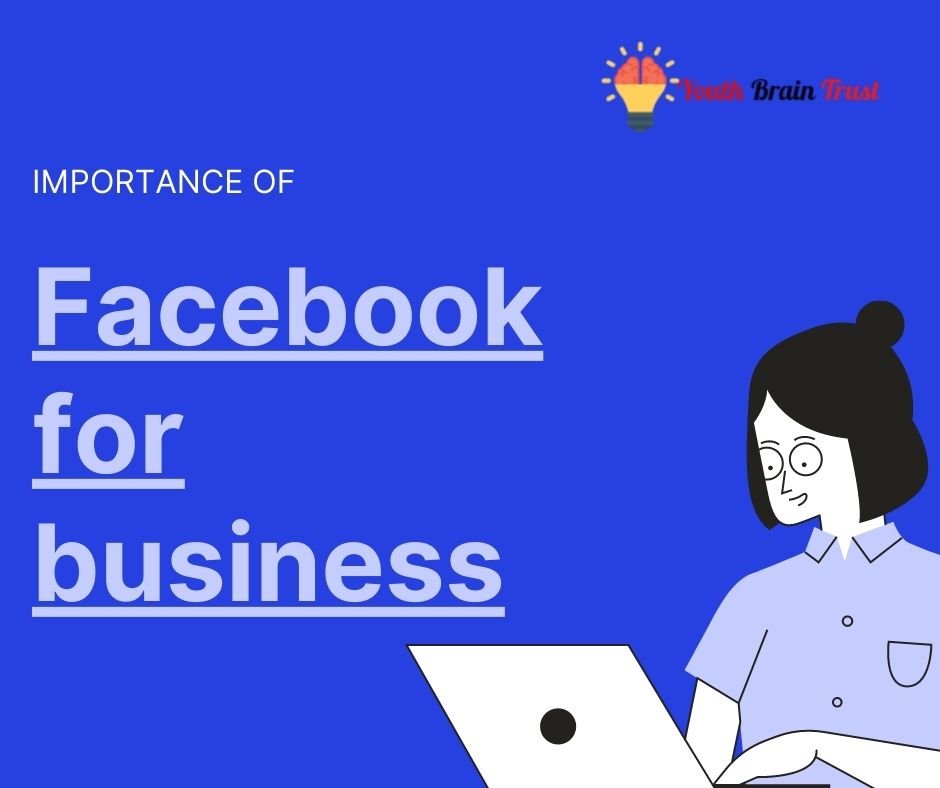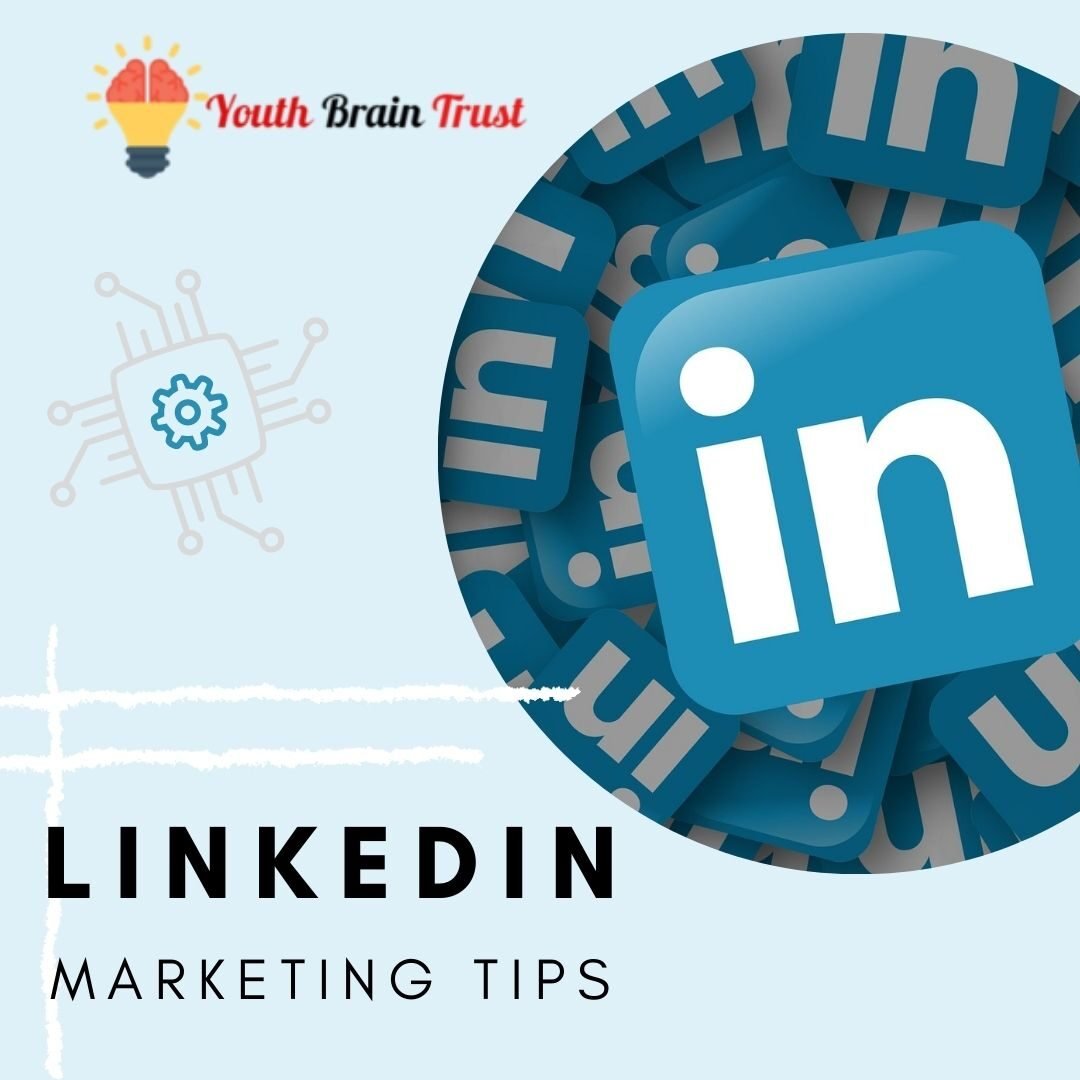What is click fraud in Pay Per Click and how do you prevent it? (PPC)
Pay-per-click (PPC) experts and digital marketers are familiar with the term “click fraud.” Running a good PPC campaign is one of the numerous challenges. To maximize your advertising budget’s return on investment (ROI), you need to target the right audience with your adverts. Because you’re paying for non-human and fake clicks, this is one of your most significant challenges. This annoyance causes Fourteen per cent of all internet ad clicks. Pay per click advertising in Lucknow can save you from click fraud in PPC campaign.
Any click on an ad, web page feature or content for the sole purpose of boosting income is considered click fraud by Google. A successful ad campaign doesn’t need that every click results in a sale. Instead, you want to see a return on your investment, which is why you should strive for a certain number of conversions. To put it another way, you’re paying for clicks that don’t exist, and that’s a waste of your money.
An understanding of PPC advertising
Businesses that advertise on a publisher’s platform are known as advertisers. As a publisher, you can be a search engine, a website owner, or a network of websites that charge for advertising space. Paid media is a well-established online advertising concept first introduced in 1996 by Planet Oasis, a publisher.
Instead of charging a flat fee for the placement of their adverts, as was customary in the advertising industry, Planet Oasis charged a placement fee and an extra fee for each click. It also set its costs based on the location of the advertisements on the site, with more money being charged for those in the middle of the page.
Click Fraud: What Is It?
An ad campaign is considered fraudulent if it’s being used to generate traffic while seeming to be genuine. A subset of advertising fraud, the purpose of which is to defraud competitors or increase ad income through click fraud. There are many ways to accomplish this, including using real humans or a click bot trained to target links or perform other actions that a human would typically perform.
Indicators of Fraud
Competitive industries with high cash flows are the primary targets of click fraudsters. The perpetrators intended to take advantage of these industries’ substantial paid media budgets. It’s essential to know who’s behind click fraud and what they stand to gain before you can adequately grasp the many types of click fraud.
Tips to Prevent Click Fraud
Advertisers face an increasing danger from ad fraud, which is predicted to be worth $44 billion by 2022. In the meanwhile, here are some practical steps you can do to detect and solve click fraud:
- Pay Attention to Your Metrics.
A rapid increase in campaign activity or advertising costs should be avoided. Ad stats that don’t match your current PPC strategy are questionable. Another telltale sign is a high bounce rate of more than 70%. Fraudulent clicks may hint that a large number of users leave after only a few seconds of browsing.
- Develop a More Exact Ad Targeting Strategy
You can prevent your adverts from being shown to prospective click fraudsters by limiting their visibility. Limiting the number of people who see your ads is possible if you narrow down your target demographics and geographic places. Remarketing campaigns can also be prioritized for different stages of the sales funnel.
- Examine the Sources of Your Traffic
Using your ad clicks’ IP addresses, you may see if any unusual behavior has occurred. Click fraud in Pay per click is often characterized by many clicks coming from places where you don’t operate. In some cases, publishers allow you to place infringers on a blocklist and block them from participating in your campaigns. This approach is made more accessible by third-party click fraud detection programs.




Leave a Reply
Want to join the discussion?Feel free to contribute!